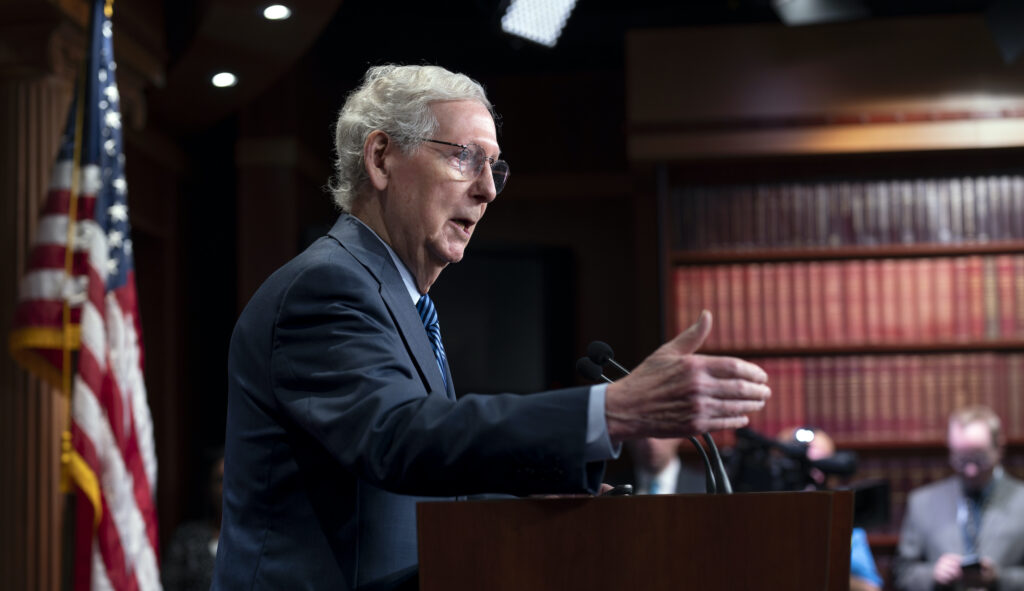It’s Time To Admit The Most Uncomfortable Truth About Our Schools
In this last article in the “Five Ideas for Fixing American Education” series, I share why policy, pedagogy, and procedure can only go so far in fixing what ails the American school system. The simple but uncomfortable truth is this: If we want better schools for our children, we must first provide better homes for them.
I have waited until the end of this “Five Ideas for Fixing American Education” series to write about the most uncomfortable truth regarding modern education. I have tried to offer ideas that are bipartisan, non-ideological, and grounded in the latest research about policy that is both actionable and realistic — including banning cell phones in classrooms, making teaching a more appealing career, improving school culture, and addressing the colossal failures in early childhood literacy levels.
The last idea is both the easiest and hardest. It’s the easiest because it requires a simple recognition, but it’s the hardest because it goes against every fiber of can-do American idealism. And I offer it with full knowledge that, deep down, the greatest teachers tend to be dynamic romantics. Romantic, because they believe tomorrow can be better than today for their students. Dynamic, because they convey that optimism to their pupils with a radiant and soaring sense of potentiality. For these teachers, the classroom can serve as a portal to untouched wonders and unbounded possibilities. It can shape, ameliorate, and shake the slumbered mind of a student, providing a setting for them to encounter ideas and notions powerful enough to alter the geometry of their life.
Not to be a cynic or a crank — because I, myself, learned from transformative teachers and still pray every night to the good Lord that I might have the same magical effect on some of my own students, especially those in need of guidance in their lives — but in the aggregate, schools and teachers have a lot less power than we think we do. And for the record, I desperately wish this were not the case. I wish schools could serve as mighty correctives for all that is lacking in the lives of our children before they step foot on campus every day. I wish we were only one pedagogic trick or one technological advancement away from true educational equality. I wish teachers could make up for absent fathers, childhood trauma, or gut-wrenching poverty.
This isn’t to suggest we shouldn’t confront educational policies that undermine the core mission of our school system. By all means, we conservatives need to be honest about the funding mechanism of our public school system that disadvantages the poorest children and acknowledge the reality that the students who need the best teachers are usually taught by the most inexperienced. By all means, progressives need to appreciate why left-wing political activism by classroom teachers or school districts is finally being called out by legions of American parents who just want their children to be able to read, write, and do math.
In his recent book The Conservative Sensibility, Pulitzer Prize-winning columnist George Will shares an interesting statistic that highlights a harsh reality: From the ages of 5-18, students spend roughly 9% of their time on a school campus. Most of the influences that can quantitatively affect the educational capacity of a child are not accomplished in the classroom, but in the home. This includes things like reading and conversing with children when they are infants; insisting on some form of a traditional family meal; creating a familial culture where education and collegiate aspirations are the norm; ensuring there are books in the home for children to access; and modeling for children what it looks like to learn, to debate, and to nourish an intellectual curiosity.
The most important lesson students will ever learn — no matter their age, capacity, or level of academic interest — is how to learn. This is far from an innate capacity and, like most virtues in life, must be modeled for young minds to emulate. The amount of time young Americans now spend around their peers has proliferated in recent years and the amount of time they spend around adults has atrophied.
If ever there was evidence that most learning outcomes are determined before students walk onto a school campus, it is then reality that emotional stability and academic achievement go intimately hand in hand.
Many of my fellow conservative columnists discount or make light of social-emotional learning (SEL) strategies, and while I agree the excesses of SEL can certainly distort the proper teacher-student dynamic or deprive the classroom of its appropriate academic focus, most non-teachers do not fully appreciate how troubled many of our students are in a post-pandemic world.
They do not realize the importance of creating a classroom space where the students are certain the teacher is invested in their emotional and intellectual well-being.
A long-time friend of
" Conservative News Daily does not always share or support the views and opinions expressed here; they are just those of the writer."



